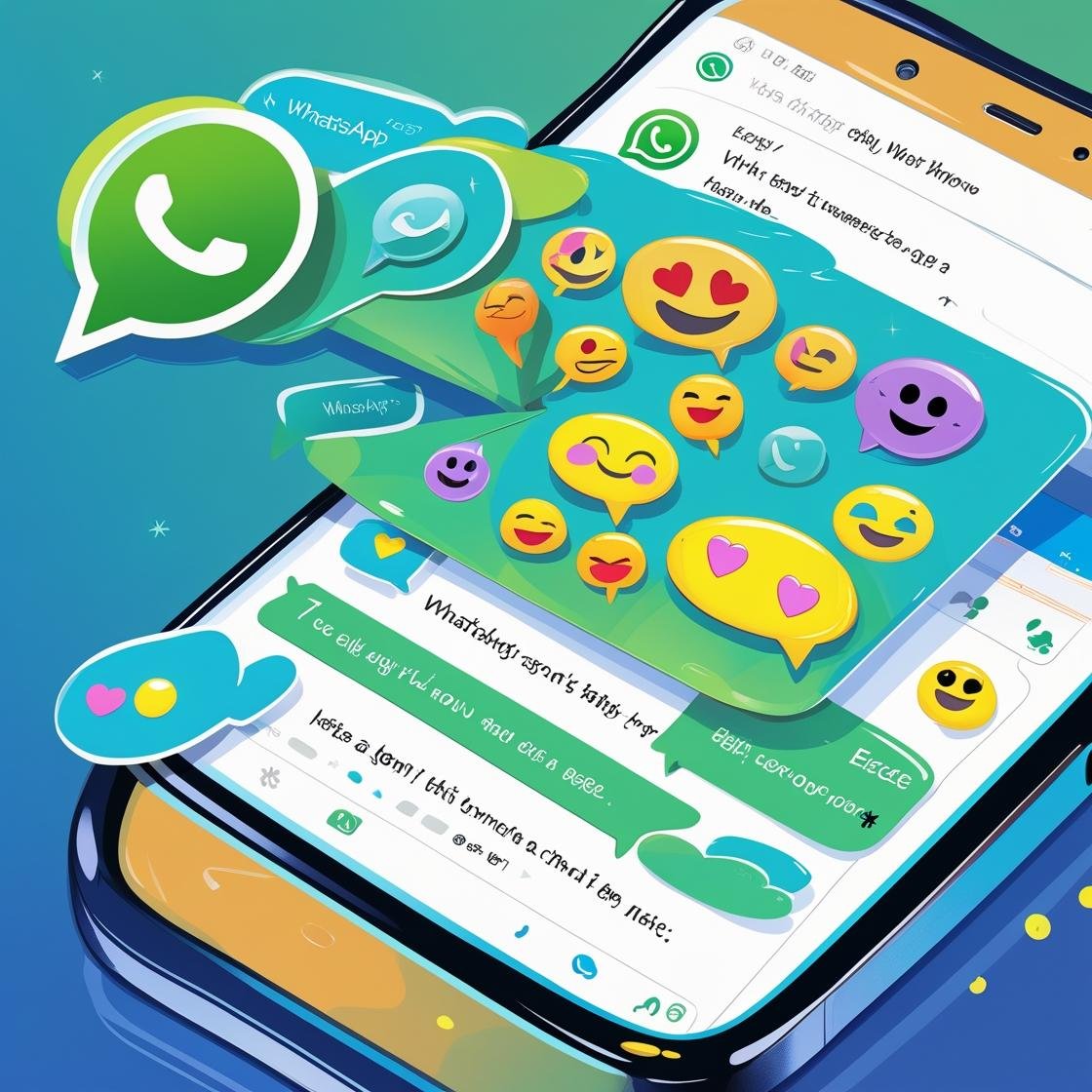آخر المقالات التي نشرناها في موقع ستودي شووت
لكل من يهتم بالدراسة في أوروبا مجاناً , أو مهتم بموضوع الدراسة في القارة الأمريكية أو في الشرق الأوسط أو في اسيا و روسيا يمكنه الآن الاضطلاع على قسم المعلومات
نقدم لك قاعدة شاملة من المنح الدراسية، الدورات التدريبية، وفرص العمل, والعمل التطوعي أيضاً.
لكل من يهتم بالدراسة في أوروبا مجاناً , أو مهتم بموضوع الدراسة في القارة الأمريكية أو في الشرق الأوسط أو في اسيا و روسيا يمكنه الآن الاضطلاع على قسم المعلومات
